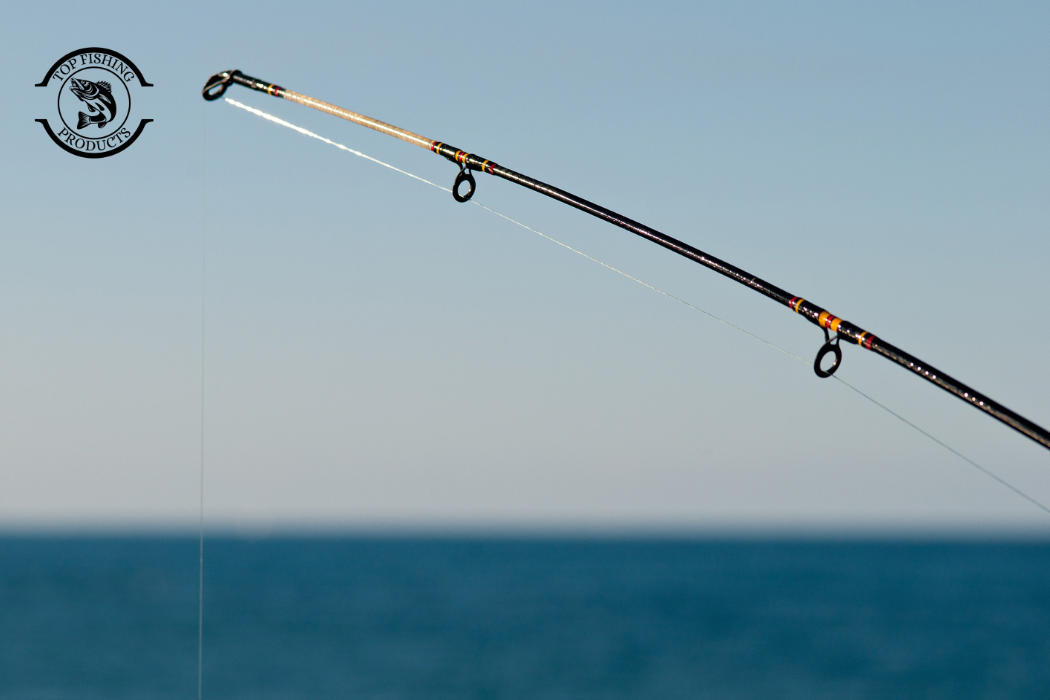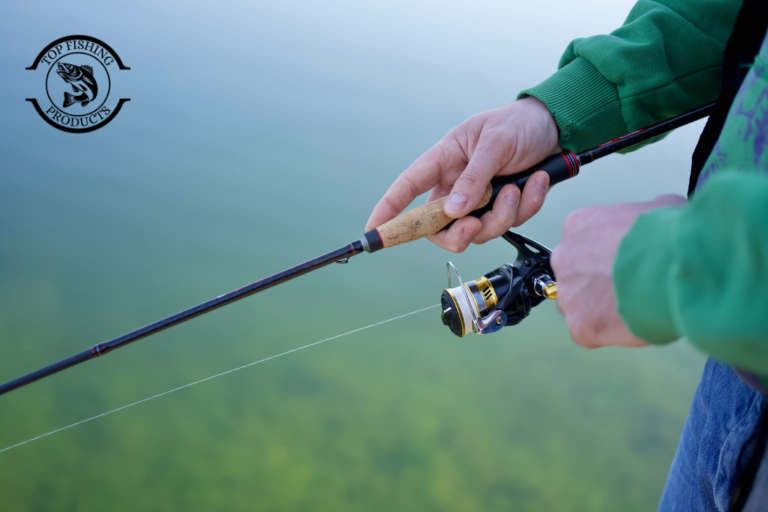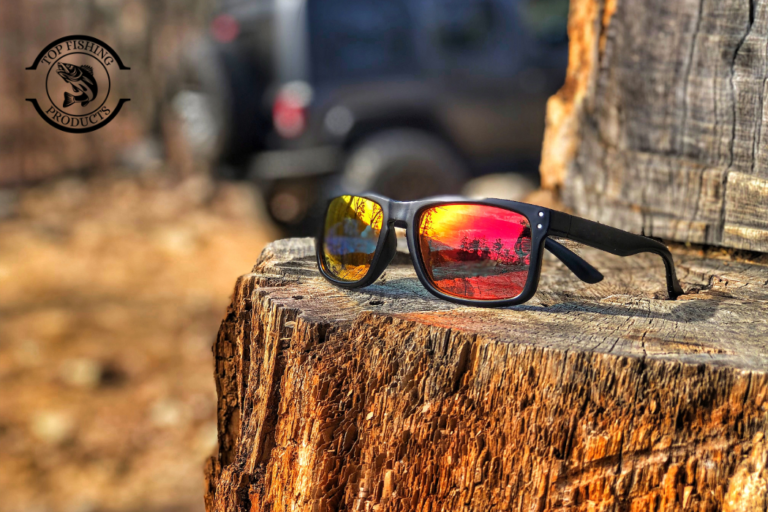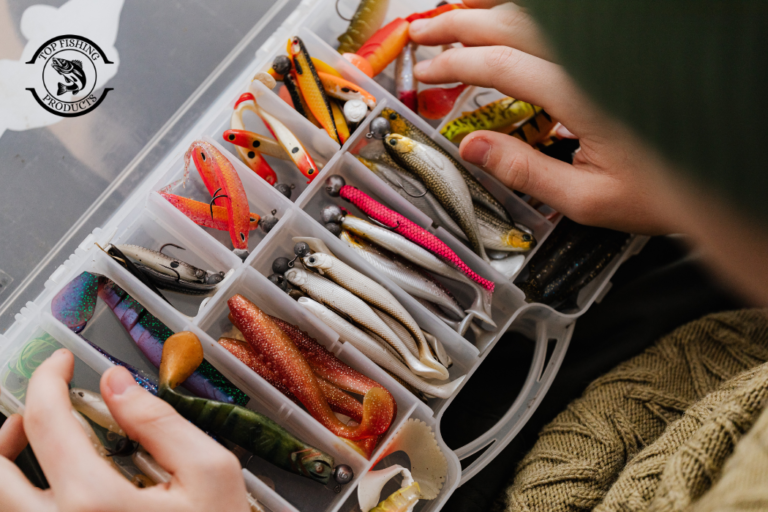Fishing rods are one of the most important tools for any angler. They are sensitive pieces of equipment that need to be handled with care, not just sticks. A rod that is not stored properly will quickly bend, break, or lose its strength. Thus, it is essential to store fishing rods correctly. In addition to preventing damage, proper storage makes it simpler to find the right rod when needed.
Depending on how much room you have and how many fishing rods you own, there are a variety of ideas for storing fishing rods. While some fishermen own an entire collection of rods, others only have one and a spare.
How to Store Fishing Rods at Home?
This article will look at different storage options for fishing rods, explain how they work, and discuss when they work best. Let’s explore it:
1. Using Wall Racks
Horizontal racks are another smart idea for creative ways to store fishing rods. These racks can be made of strong plastic, metal, or wood. The rods are inserted into slots in these wall-mounted devices. Because they keep the rods neatly aligned in one spot and out of the way on the floor, wall racks are practical.
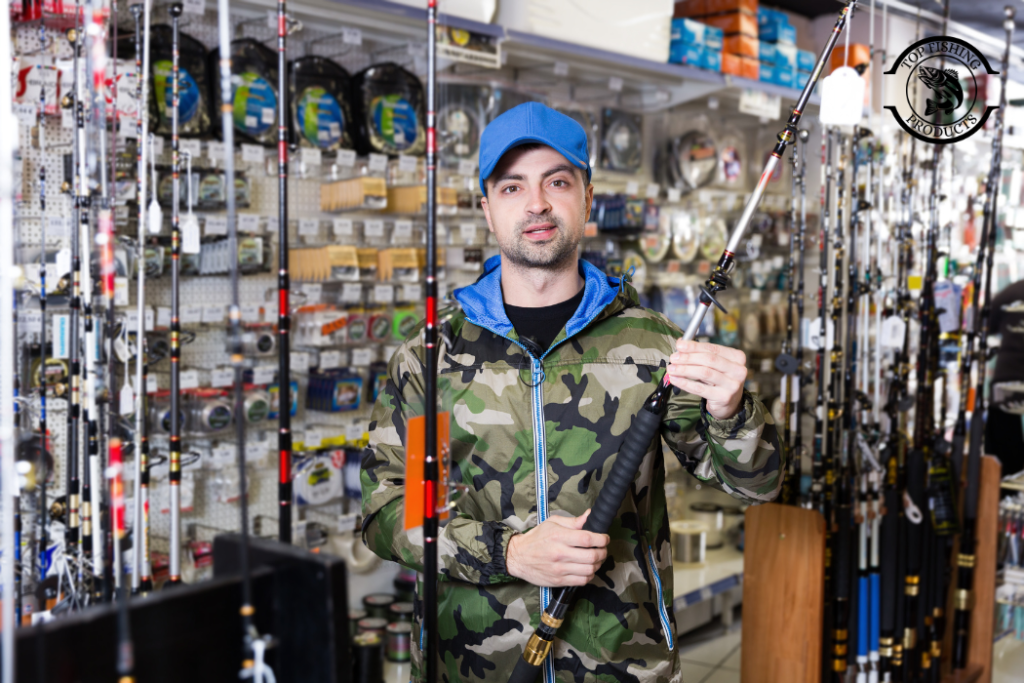
To use a wall rack, just insert the rod into the holder or slot and leave it positioned either vertically or horizontally. It prevents the rod from bending and keeps it straight. Additionally, wall racks save a lot of room. A wall rack holds rods in place instead of letting them slide and collapse when placed against a corner. Since wall racks arrange the collection to appear neat, almost like a presentation, many fishermen also prefer them.
2. Using Ceiling Racks
The use of ceiling racks is another smart strategy among fishing rod storage solutions. The racks are installed on the ceiling of a fishing shed, garage, or basement. Above your head, they store rods flat. If you want to safeguard your rods but don’t have much wall space, ceiling racks can be a useful tool.
Additionally, putting rods on a ceiling rack protects them from being broken by kids or pets. Although the rods are out of the way, they are easily accessible when needed. Ceiling racks are perfect for someone with a huge collection because they can usually fit a lot of rods.
3. Using Rod Tubes and Cases
For anglers who travel often, rod tubes and cases are one of the best storage ideas. A rod tube is a hard container made of plastic or metal that protects the rod from pressure and impact. Soft cases are also available, usually made of fabric, which protect rods from scratches and dirt.
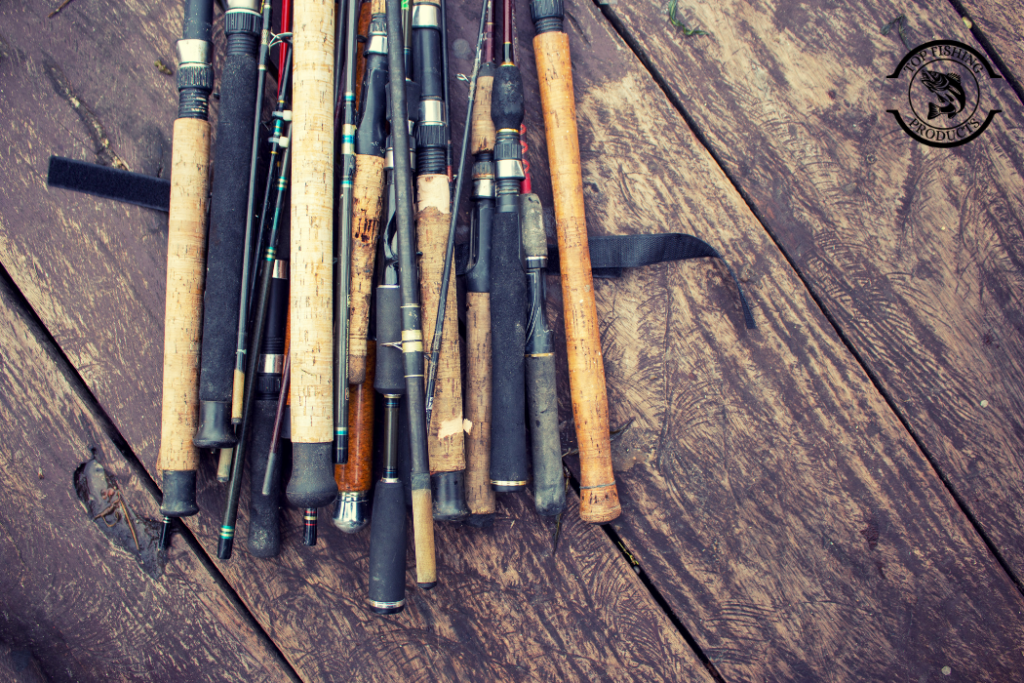
These tubes and cases are not only useful for traveling but also for keeping rods safe when they are not in use. For example, if you keep your rods in the back of a truck, a rod tube will protect them from bumps and weather. They also keep rods safe from moisture, which can weaken the material over time.
4. Storing Rods in a Corner Stand
If your home is small, a corner stand is a simple yet effective way to store items. Compact racks called corner stands are used to hold multiple rods securely in a room’s corner. They are quite portable and take up very little room.
You can put a corner stand in a closet, basement, or garage. Rods are kept upright and ordered by a corner stand, which prevents them from falling over. Furthermore, the majority of corner stands have holes or padding to safely hold rods without scratching them.
5. Using Horizontal Racks
Horizontal racks are another smart idea. These racks allow rods to rest flat along the wall, usually with holders at both ends. They are useful for long-term storage because rods remain completely supported from one end to the other.
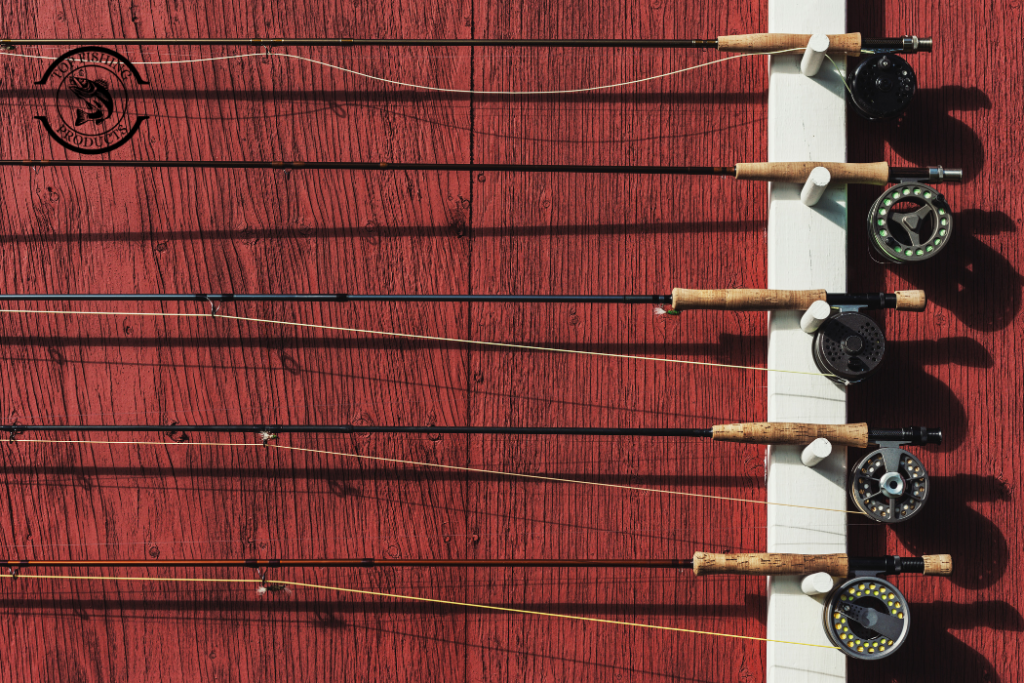
Unlike leaning a rod against a wall, which puts pressure on one side, horizontal racks keep the weight evenly spread. This reduces the risk of bending. Many anglers build their own horizontal racks with wood and hooks, which makes them affordable and customizable.
6. Keeping Rods on a Boat
Rod boxes and tubes are among the greatest storage ideas for fishermen who are constantly on the go. A rod tube is a solid metallic or plastic holder that protects the rod from blows and pressure. There are also soft cases, usually made of fabric, that protect rods from dust and abrasion.
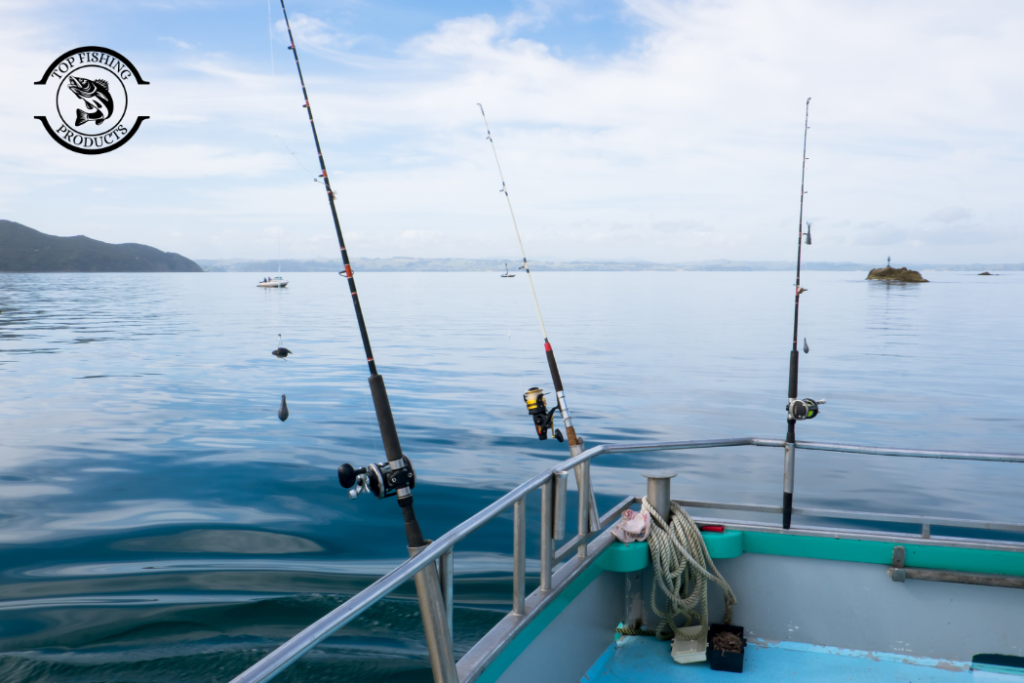
In addition to being useful for travel, they can also be used to store rods for protection when not in use. For example, a rod tube will protect your rods from weather and impacts if you keep them at the back of a vehicle. Additionally, they shield rods from moisture, which over time could harm the material.
7. Storing Rods with Protective Sleeves
Protective sleeves are simple covers made of mesh or fabric that slide over a fishing rod. They keep the rod safe from scratches, tangles, and dust. Even if you store rods in a rack, adding a sleeve gives more protection.
These sleeves are especially helpful if you carry several rods at the same time. Without sleeves, the lines and guides can get tangled. With sleeves, each rod remains separated and easy to take out when needed.
8. Climate-Controlled Storage
Fishing rods last longer when they are kept in the right environment. Heat, moisture, and sunlight can all cause damage. For example, storing a rod in a hot car for days can weaken the glue that holds it together. Moisture can also cause rust on the guides.
The best idea is to store fishing rods in a cool, dry place. A climate-controlled garage, basement, or even a spare room in the house is better than leaving them outside. Using racks and protective sleeves in such a space will keep your rods in excellent condition for years.
9. Organizing by Type
If you own many fishing rods, organizing them by type is a good storage idea. You might have spinning rods, casting rods, fly rods, or surf rods. Each type has its own purpose, and keeping them separated makes it easier to find the right one.
For example, you can use one wall rack for spinning rods and another for fly rods. Or you can label your corner stand so that each slot belongs to a different type. This way, when you are ready to go fishing, you do not waste time searching.
Final Verdict
Fishing rods are not only tools but also investments. Storing them properly protects them from damage, saves space, and makes your fishing trips more enjoyable. Exploring different ideas for storing fishing rods such as wall racks, ceiling racks, corner stands, rod tubes, or protective sleeves helps keep them safe, straight, and easy to access.
Good storage also shows respect for your equipment. A well-kept rod will last for years and give you better performance on the water. By choosing the right storage idea based on your space and needs, you can build a system that keeps your rods organized and ready whenever you want to fish.
Frequently Asked Questions:
What is the best way to store fishing rods long-term?
The best way is to use a wall or ceiling rack in a cool, dry place. Adding protective sleeves keeps them safe from dust and scratches.
Can fishing rods be stored standing up?
Yes, rods can be stored vertically in a corner stand or vertical rack. The important thing is to keep them secure so they do not fall or bend.
Is it okay to leave fishing rods in a car or garage?
Leaving rods in a hot car or damp garage for a long time is not recommended. Heat and moisture can damage them. A climate-controlled space is better.
Do I need to loosen the line before storing rods?
Yes, it is a good habit to loosen the line slightly before storage. Keeping the line too tight for a long time can put pressure on the rod and guides.


